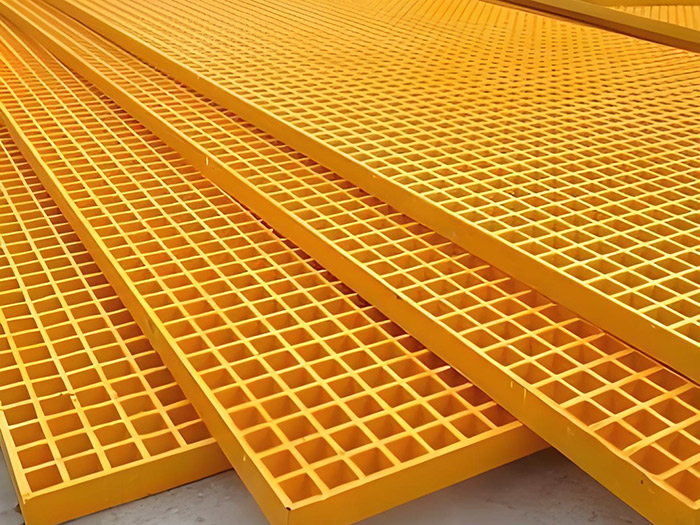Optimizing Power Plants: The Benefits of Using FRP Channels
Power plants are the backbone of modern energy infrastructure, but their efficiency and longevity depend on the quality of materials used in their construction. One critical component that often goes unnoticed yet plays a pivotal role in performance is the channels used for fluid and air distribution. Traditional materials like metal and concrete have long dominated the industry, but Fiber Reinforced Polymer (FRP) channels are emerging as a superior alternative. What are the advantages of FRP channels in power plants? How do they address common challenges faced by plant operators? And why should power plants consider this innovative solution?
Addressing the Challenges of Traditional Materials

Traditional power plants often rely on metal channels for conveying fluids and gases. While durable, these channels have several limitations. Metal channels are susceptible to corrosion, especially in environments with high humidity or chemical exposure. Corrosion leads to frequent maintenance, increased downtime, and costly repairs. Additionally, metal channels are heavy, making installation and retrofitting cumbersome. Concrete channels, another common option, are heavy and prone to cracking, which can compromise structural integrity over time.
What if there was a material that combined the strength of metal with the corrosion resistance and lightweight properties of composites? FRP channels offer just that. Made from a combination of glass fibers and polymer resins, FRP channels are designed to withstand harsh conditions without degradation. Their non-conductive nature also makes them safer for use in environments where electrical hazards are a concern.
The Benefits of FRP Channels in Power Plants
1. Durability and Corrosion Resistance
Power plants operate in demanding environments, exposing components to extreme temperatures, chemicals, and moisture. FRP channels resist corrosion and chemical erosion, ensuring long-term reliability. Unlike metal channels, FRP does not rust or degrade over time, reducing the need for frequent replacements and maintenance.
2. Lightweight and Easy Installation
FRP channels are significantly lighter than metal or concrete alternatives. This lightweight design simplifies transportation and installation, reducing labor costs and project timelines. For retrofitting existing plants, FRP channels offer a seamless solution without the need for extensive structural modifications.
3. High Strength and Structural Integrity
Despite being lightweight, FRP channels possess remarkable strength. They can withstand high pressures and mechanical stress, making them ideal for use in steam turbines, condensers, and cooling systems. Their high strength-to-weight ratio ensures optimal performance without adding unnecessary weight to the plant.
4. Electrical and Thermal Insulation
FRP is an excellent insulator, preventing electrical short circuits and heat transfer. This property is particularly valuable in power plants where electrical safety and thermal management are critical. FRP channels help minimize energy losses and prevent damage to sensitive equipment.
5. Environmental Sustainability
FRP channels are eco-friendly. They do not contain toxic substances and can be recycled at the end of their lifespan. By choosing FRP, power plants can reduce their environmental footprint while enjoying long-term cost savings.
Why Should Power Plants Make the Switch?
The transition to FRP channels offers numerous benefits that enhance both operational efficiency and cost-effectiveness. By reducing maintenance requirements and extending service life, FRP channels provide a sustainable solution for power plant infrastructure. Additionally, their lightweight design allows for easier installation and retrofitting, minimizing project disruptions.
For plant operators, the decision to adopt FRP channels is a strategic one. It aligns with the growing demand for sustainable and high-performance materials in the energy sector. By sharing this information with stakeholders, power plants can demonstrate their commitment to innovation and environmental responsibility.
In conclusion, FRP channels are a game-changer for power plants. Their durability, lightweight design, and resistance to corrosion make them a superior choice over traditional materials. As the industry moves toward more efficient and sustainable solutions, FRP channels are poised to play a central role in the future of power generation.
Share this article with your network to spread awareness about the transformative potential of FRP channels in power plants.







